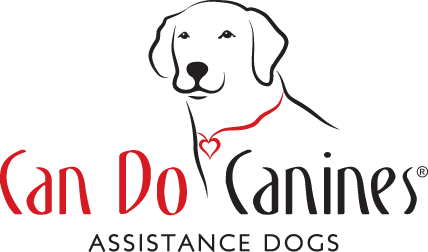What is Prey Drive?
Prey drive is an innate instinct in dogs, characterized by their desire to chase, and catch objects that resemble prey. This natural inclination varies among individual dogs and breeds, but it plays a significant role in their behavior. Today we'll explore what prey drive is and how it presents in dogs.
How Prey Drive Presents in Dogs
Chasing: Dogs with a strong prey drive often exhibit intense chasing behavior. They may chase after birds, squirrels, toys, or even moving objects like cars or bicycles.
Stalking: Some dogs may exhibit stalking behavior. They crouch low, moving stealthily toward their target, much like a big cat preparing to pounce. This is especially noticeable in breeds with strong herding instincts.
Pouncing and Biting: When a dog's prey drive is very high, they may pounce and even nip or bite at objects they're chasing.
Fixation: Prey-driven dogs can become highly focused on a target. Their attention narrows to the point where they become oblivious to their surroundings, making it challenging to redirect their focus.
The Predatory Motor Sequence
Prey drive in dogs is not a singular behavior but rather a series of distinct behaviors that dogs exhibit when they are engaging their prey. These actions are often characterized by distinct phases, each serving a specific purpose in the pursuit of a target. While the sequence can vary among individual dogs, it typically includes the following phases:
1. Orientation: The sequence begins with orientation, where a dog detects and focuses on a target. Dogs will use their senses, such as sight, sound, and smell, to locate the prey. During this phase, the dog might become alert, point its ears forward, and fixate on the target.
2. Eye Stalk: Once the target is identified, the dog may enter the eye stalk phase. In this phase, the dog moves stealthily toward the prey, lowering its body and moving with a creeping gait. This behavior is a natural attempt to reduce the distance between the dog and its target.
3. Chase: The chase phase is where prey drive is most evident. The dog engages in rapid pursuit of the target, displaying bursts of speed and agility, driven to catch and "capture" the prey.
4. Grab Bite: In the grab bite phase, the dog attempts to capture the prey physically by biting it. In the event that the dog catches or attempts to consume its prey, please notify Puppy Program staff immediately.
Now that you are familiar with what prey drive looks like, be on the lookout for each of these phases and make note of how often you see these behaviors exhibited by the dog in your care.
Next week, we will cover prey drive management strategies.




